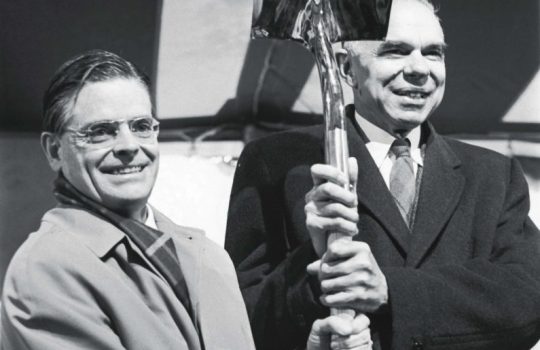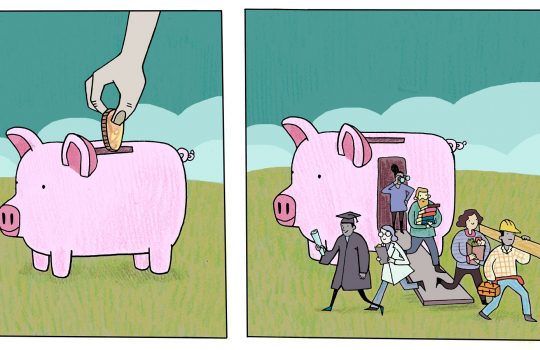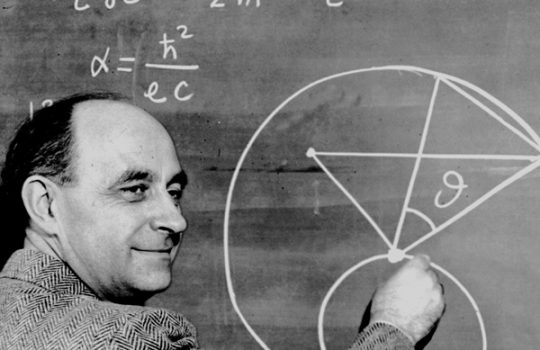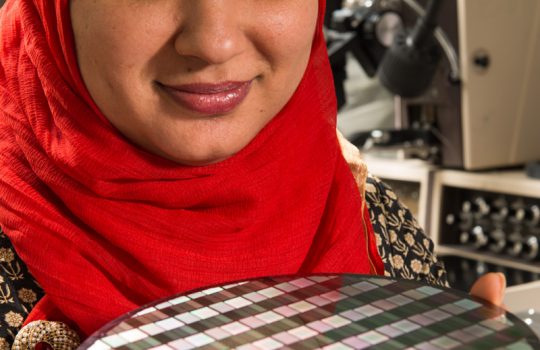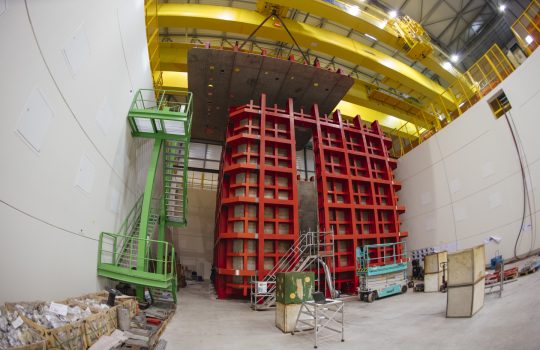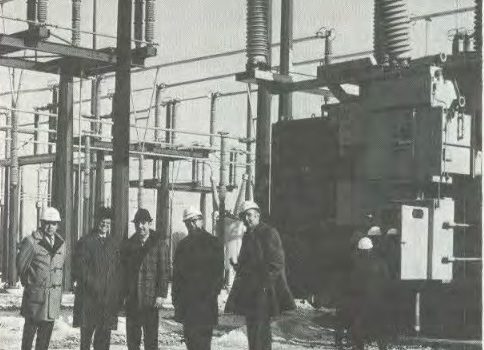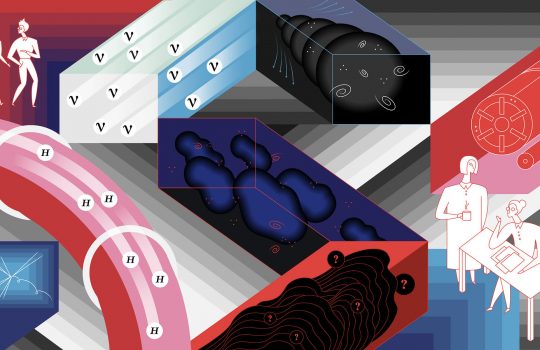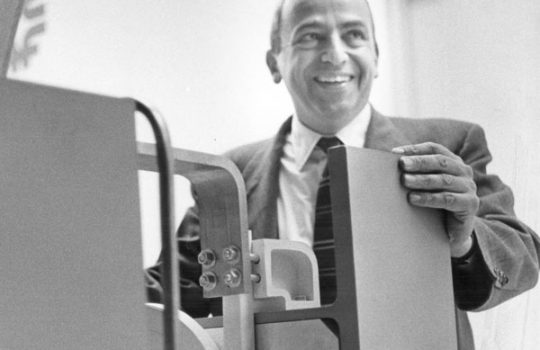The birth of Fermilab
Fermilab’s beginnings can be traced to a 1963 report by a panel of U.S. scientists led by Norman Ramsey. In the 50 years since, Fermilab has grown to a laboratory of 1,800 employees, and scientists from 44 countries come to Fermilab to participate in its forefront particle physics programs.

